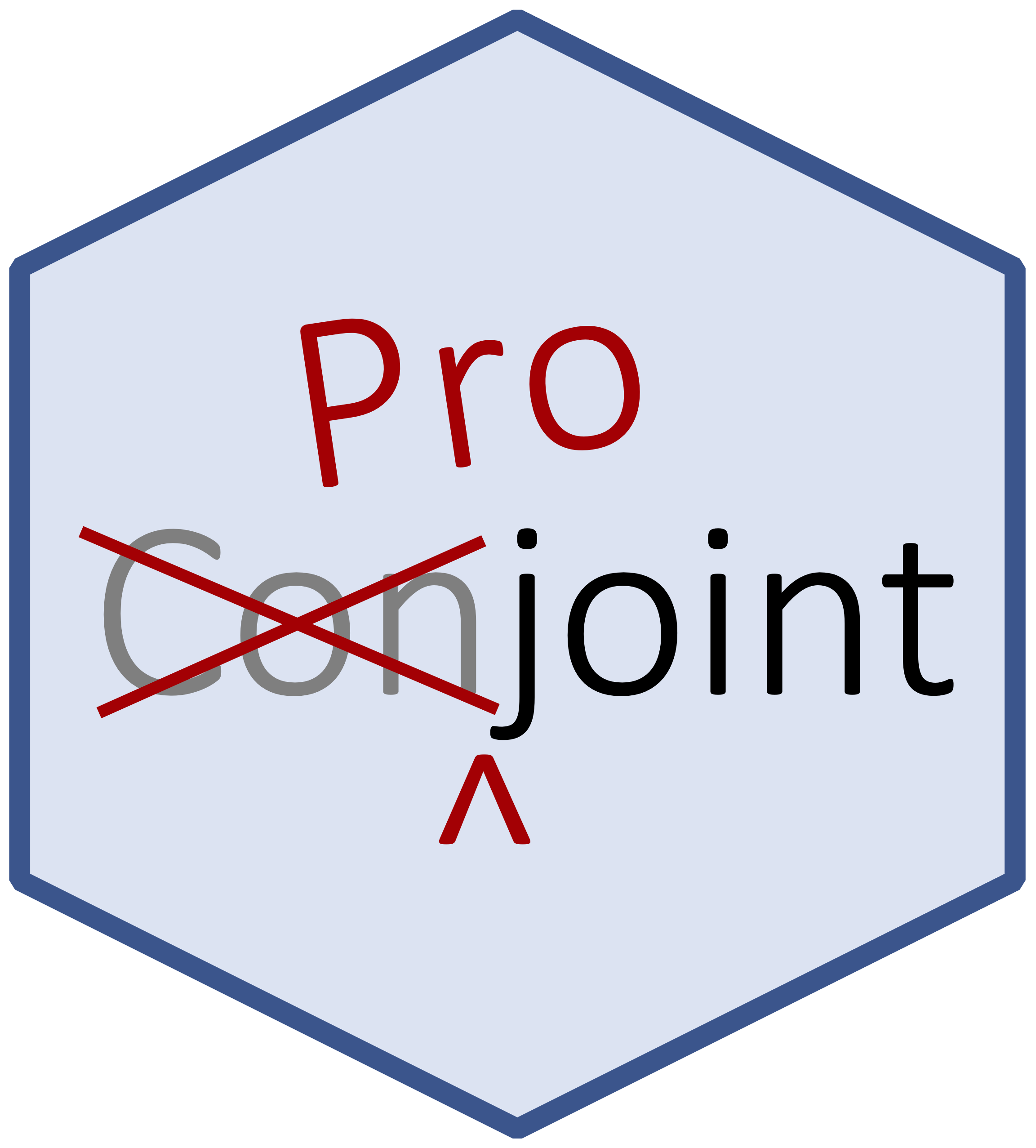Conjoint survey designs are spreading across the social sciences due
to their unusual capacity to estimate many quantities of interest from a
single randomized experiment. Projoint is general-purpose
software for the design, implementation, and analysis of conjoint
surveys. Its easy-to-use components include a drag-and-drop
web-based application for survey design and an R package for
analysis.
We created this software for our
AJPS
article (“Correcting Measurement Error Bias in Conjoint Survey
Experiments”), which offers easier and more powerful ways of designing
and analyzing conjoint experiments – including everything from writing
Qualtrics survey code for you to preparing figures for your paper or
report. It also includes easy measurement error corrections, which are
essential because conjoint’s tendency to mirror complicated real-world
choices generates substantial measurement error and, without
corrections, considerable bias.
We intend for Projoint software to be the easiest and fastest way to
design, field, and analyze conjoint
surveys.ⓘ
Take the 6 steps below and you should be all set.
🚀 Six Easy Steps
1. Install the development version from GitHub
Open R (or
install R if
you do not have it), and run the following command in your coding
environment.
devtools::install_github("yhoriuchi/projoint")
2. Design your survey
Online surveys are frequently written with an online software called
Qualtrics. Using our web tool, called the
Projoint
Survey Designer, you don’t need to learn how to write a survey in
Qualtrics.
3. Field your survey
- Using the .QSF file export from the Projoint Survey Designer, load
your survey into Qualtrics.
- Log into your Qualtrics account.
- Click “Create a new project”
- Under “From scratch” select “Survey” and then “Get started”
- Enter a name and under “How do you want to start your survey” select
“Import a QSF file”
- Click “Choose file” and select your .QSF file.
- Click “Create project”
- You are free to field your Qualtrics survey through online
vendors.
- When you are done fielding your survey, you will now need to export
your data from Qualtrics to R.
- Click “Download Data”.
- Choose CSV format.
- Critically, select “Use choice text” rather than coded values.
4. Read the results into R and wrangle your data into
structured form
- Load your survey responses into R:
library(projoint)
dat <- read_Qualtrics("your_file.csv")
- Prepare the data for analysis:
dat <- reshape_projoint(
.dataframe = dat,
.outcomes = c(paste0("choice", 1:8), "choice1_repeated_flipped")
)
- Follow the
step-by-step
guide to learn how to read and reshape data for conjoint
analysis.
5. Analyze and visualize important Quantities of
Interest
- Estimate Marginal Means (MMs) or Average Marginal Component Effects
(AMCEs) with correction for measurement error:
Note: The following example illustrates a
profile_level analysis. This approach is common in social
science and useful as an initial diagnostic, but we encourage
researchers to consider choice_level analysis (the default
for .structure). See
Choice-Level
Analysis. Detailed steps of analysis appear in the
step-by-step
guide.
output <- projoint(out1_arranged, .structure = "profile_level")
print(output)
summary(output)
- Visualize your results easily:
- Estimate additional quantities of interest and explore subgroup
comparisons using choice-level analysis.
- Follow the
step-by-step
guide to learn how to:
- Estimate and correct marginal means (MMs) or average marginal
component effects (AMCEs), including predicting IRR if necessary.
- Visualize the marginal means (MMs) or average marginal component
effects (AMCEs).
6. Explore additional quantities and compare subgroups
- Go beyond standard profile-level summaries.
- Use choice-level analysis to:
- Directly compare trade-offs (e.g., low housing cost vs. low
crime).
- Collapse multiple levels (e.g., city vs. suburban
preferences).
- Estimate subgroup differences (e.g., Democrats
vs. Republicans).
- See detailed examples in the
Explore
and Compare Further vignette.
📦 Additional Info
Upcoming Features
-
Weighted estimation for features and respondents
-
Support for non-binary outcomes (ratings, rankings)
Comments, questions, or suggestions?
Please check issues already filed at our
GitHub
repository. If you don’t see an answer to your question, click on
the green “new issue” button.
✨ Thank you for using projoint! ✨
